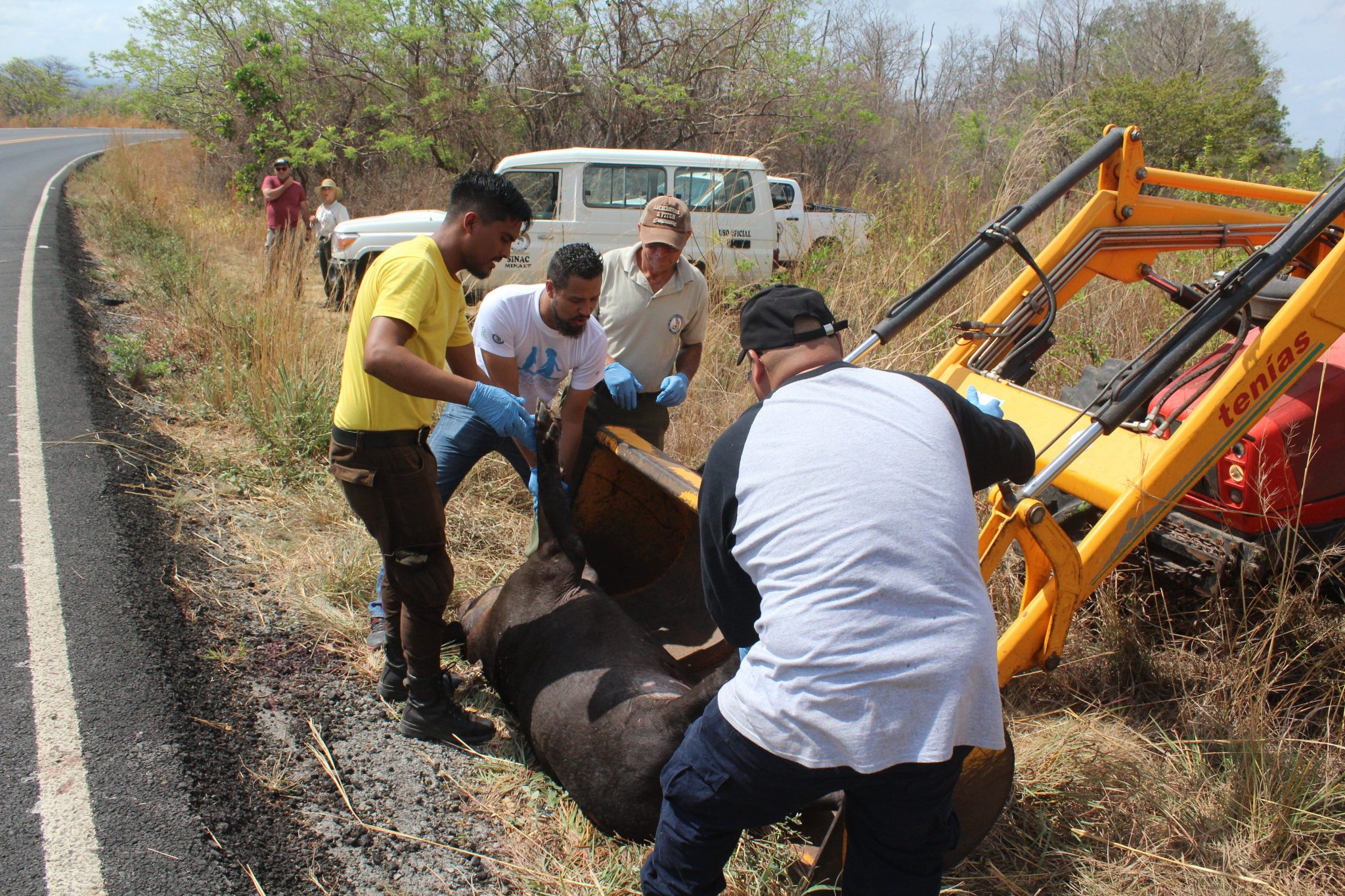
A trip along the roads of Guanacaste, even the newest ones, will definitely provide you with a view: some coati run over on the side of the road, a furry fox that several tire tracks have already passed over or dead iguanas scattered all along the way. It has become part of a landscape that we can not continue normalizing.
In the reporting on pages 16-18, we provide information about how our roads are part of a living ecosystem. The stretch between Cañas and Limonal, for example, crosses the Paso del Mono Aullador (Howler Monkey Pass) biological corridor, which connects the fauna between the rainforest and the dry tropical forest of the province. In other words, the animals are not the ones that get in the way crossing the road; we were the ones who got in the way crossing their territory with a road!
Fortunately, the most recent expansion of Route 1 did take into account recommendations and requirements regarding construction in wildlife passageways. However, no one can require the animals to seek out the right places to cross the road.
Nor can we lose sight of the fact that the rest of the roads in the province did not take into account the new standards and that every day, we travel on roads that are deadly for animal species. Although it is clear that the government should plan better, the responsibility is also ours. We must all be aware that cars are machines that kill easily. Reducing our speed can make the difference.
Seemingly endless stretches of straight road sometimes make us think that we can go 120 km (75 miles) per hour without any consequence, but many of us who live in Guanacaste know how dangerous it can be if we come across an animal and make a bad decision. We should be careful not just for the sake of our wildlife, but also for our own lives.
[Help us continue investigating the stories that matter to you. Donate today].
So, we leave you with some tips:
-Pay attention to road signs. In some sections, Coopeguanacaste has put up signs indicating that the section is a wildlife crossing area. Slow down and focus on the road.
-When you do not have visibility of more than 100 meters (about 330 feet), reduce your speed even more. Otherwise, you could run into an animal unexpectedly.
– Some mammals and birds are nocturnal or they go out to hunt at dawn, so you are more likely to find animals crossing the road in the early hours of the day. Be extra careful if you are going to drive during that time.
– If you see an animal that has been hit on the road or you hit any, stop and call 1192.
– If the animal is injured and you can take it to a nearby sanctuary, without putting your life at risk, do so.
– If the animal is dead in the middle of the road, you can contribute by moving it away from the road, as long as it does not endanger your own safety.





Comments